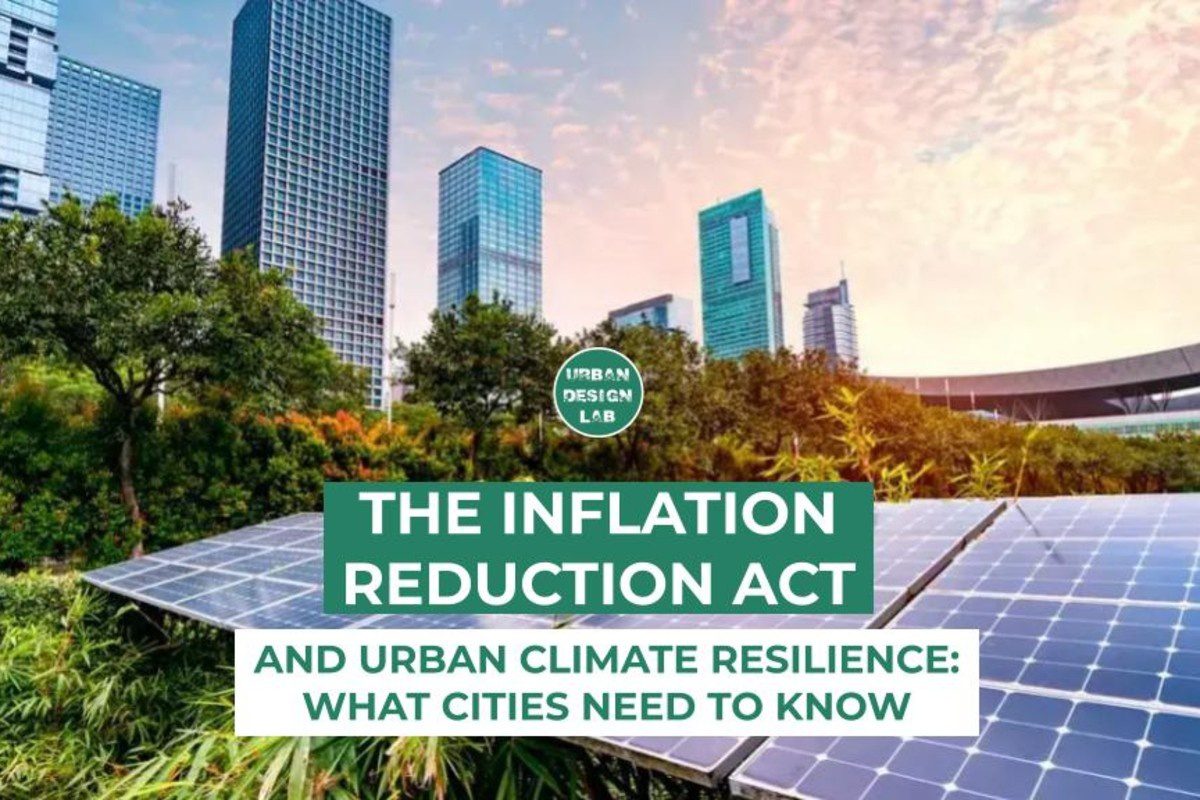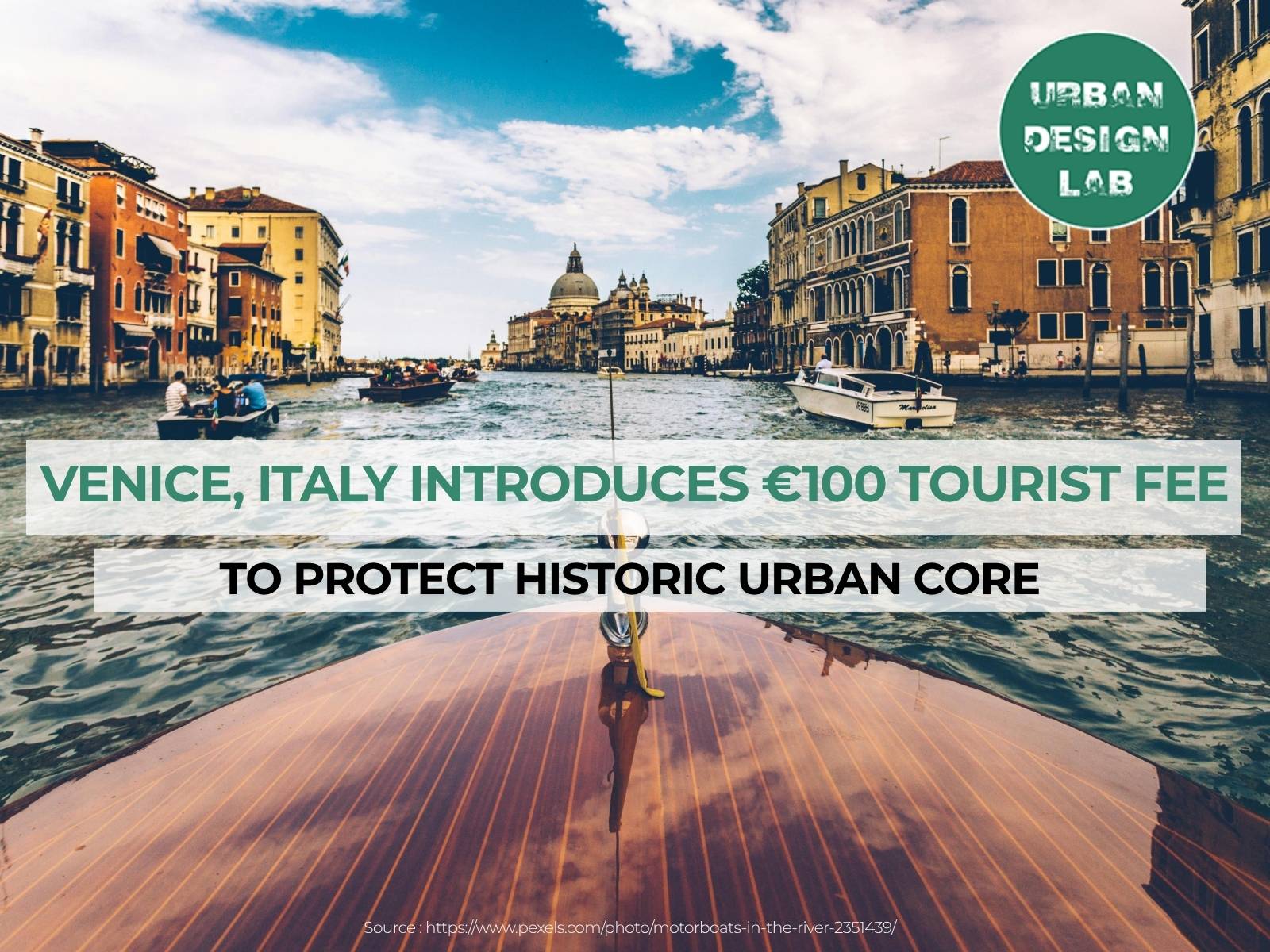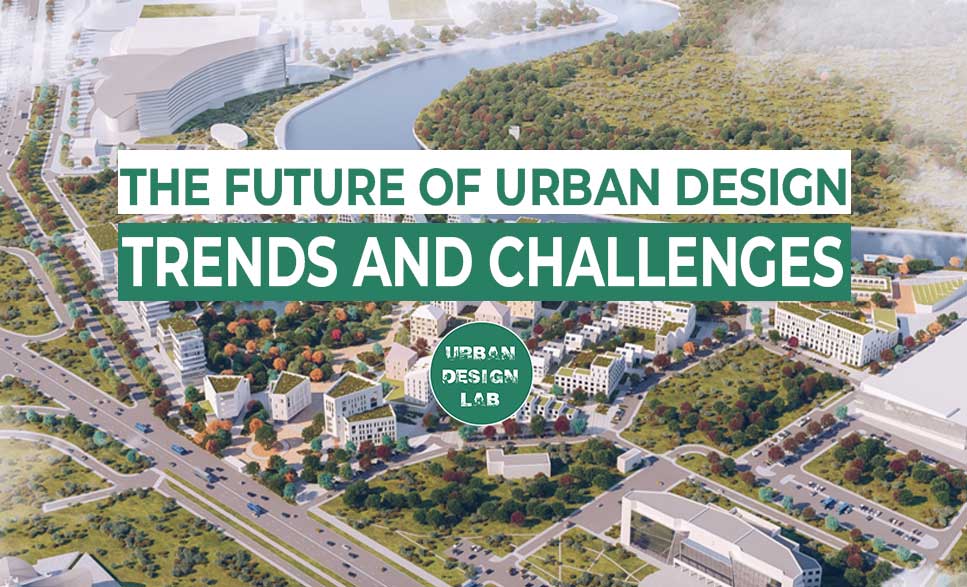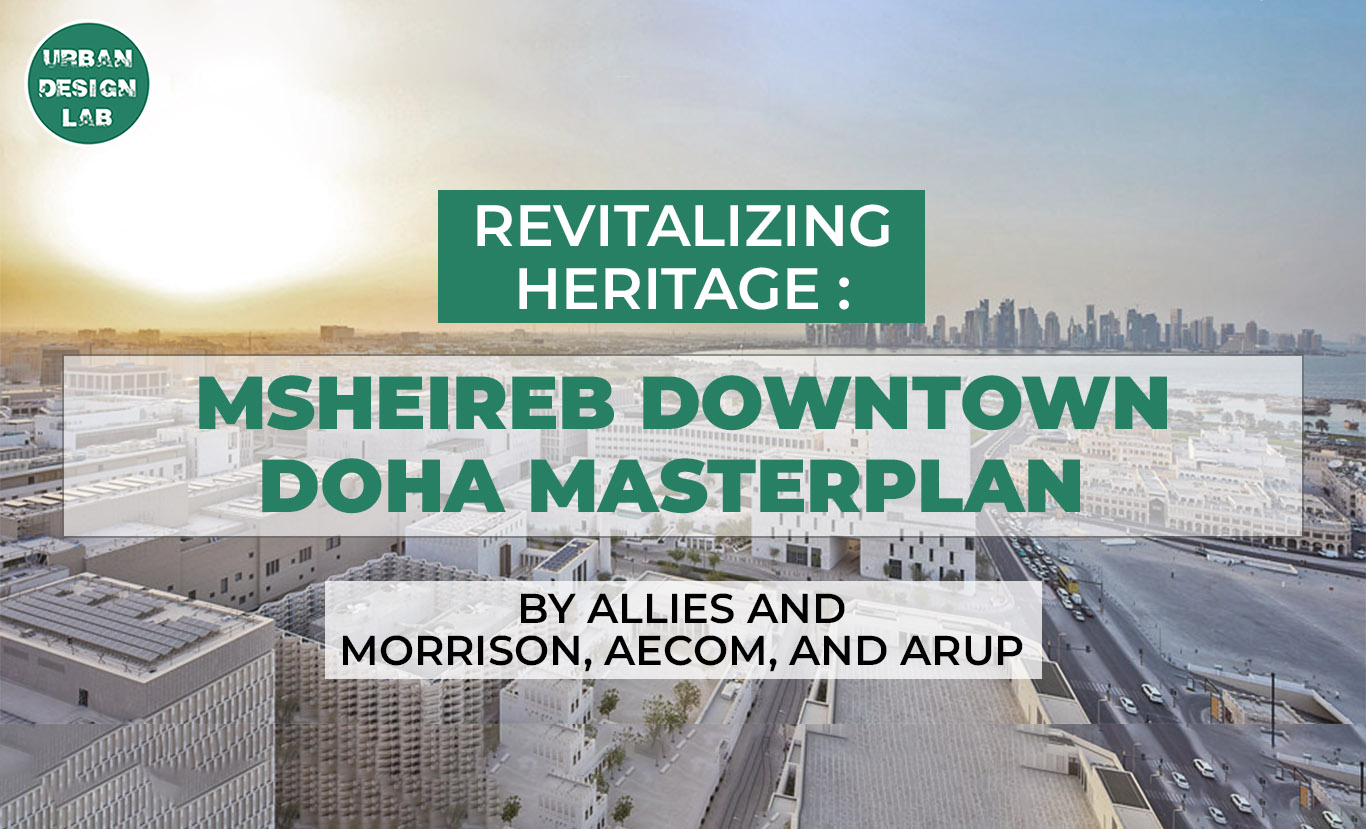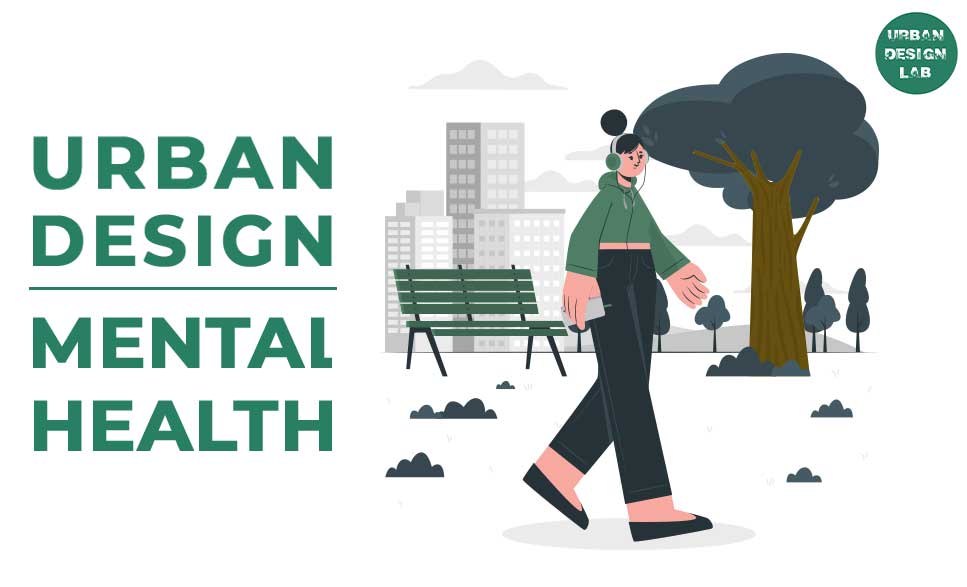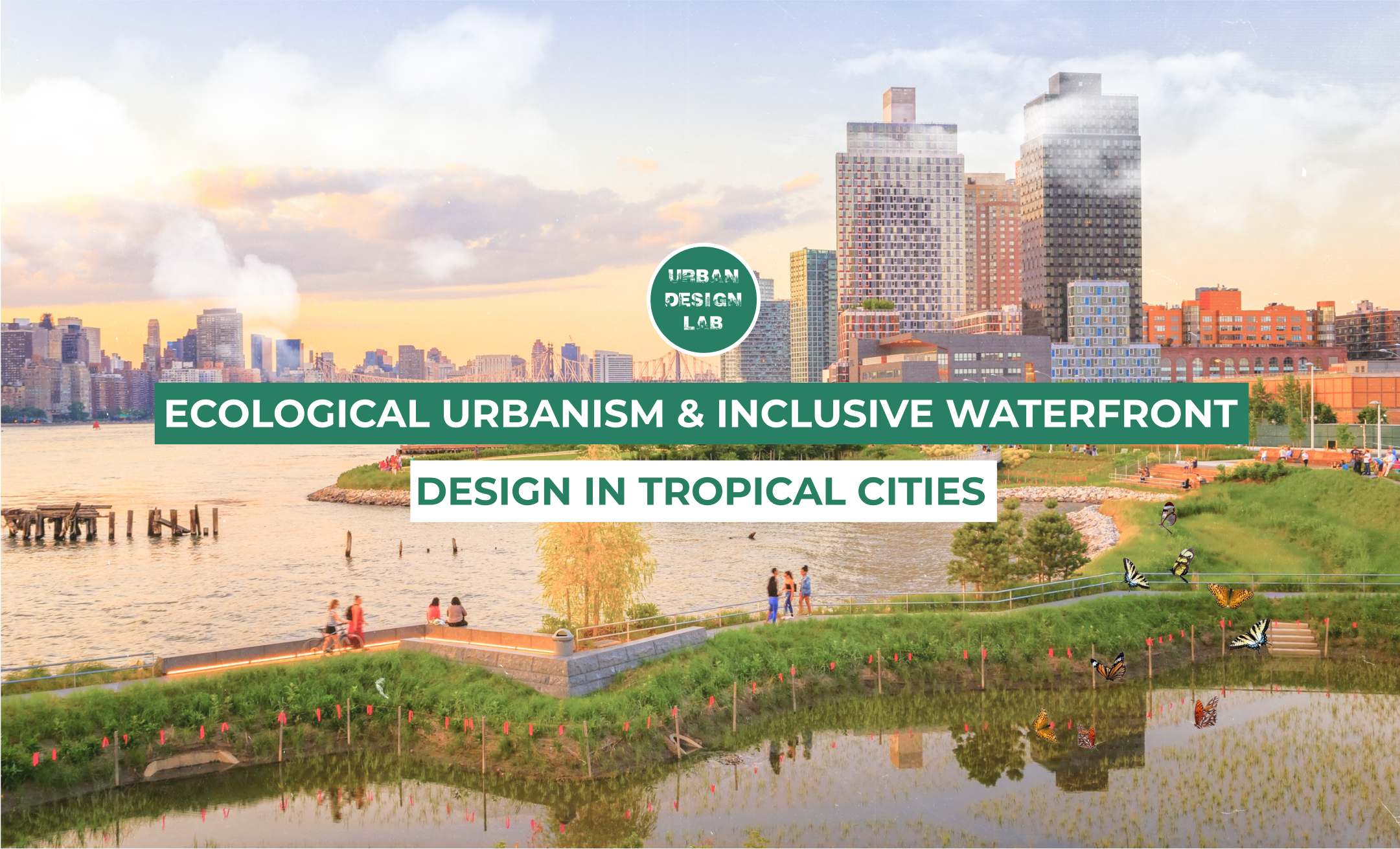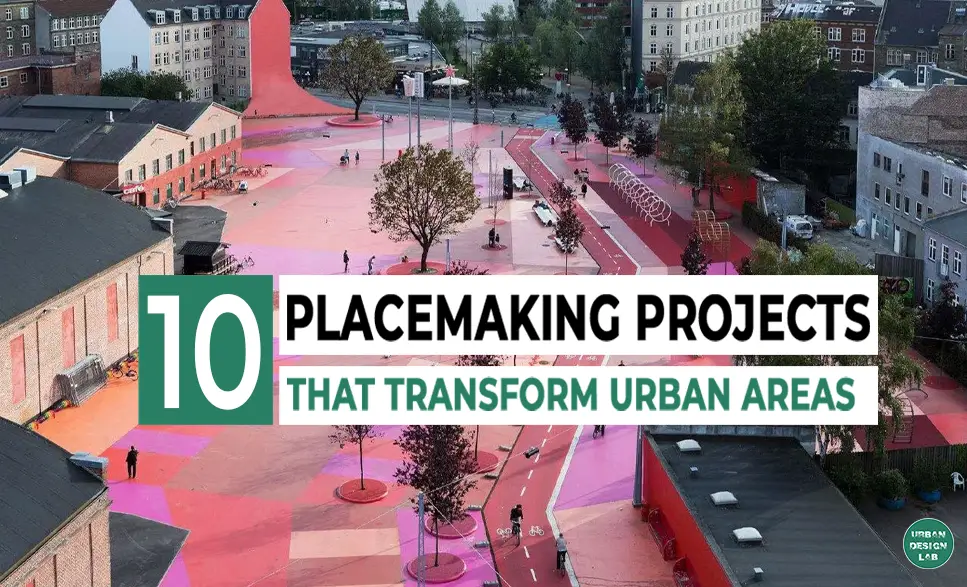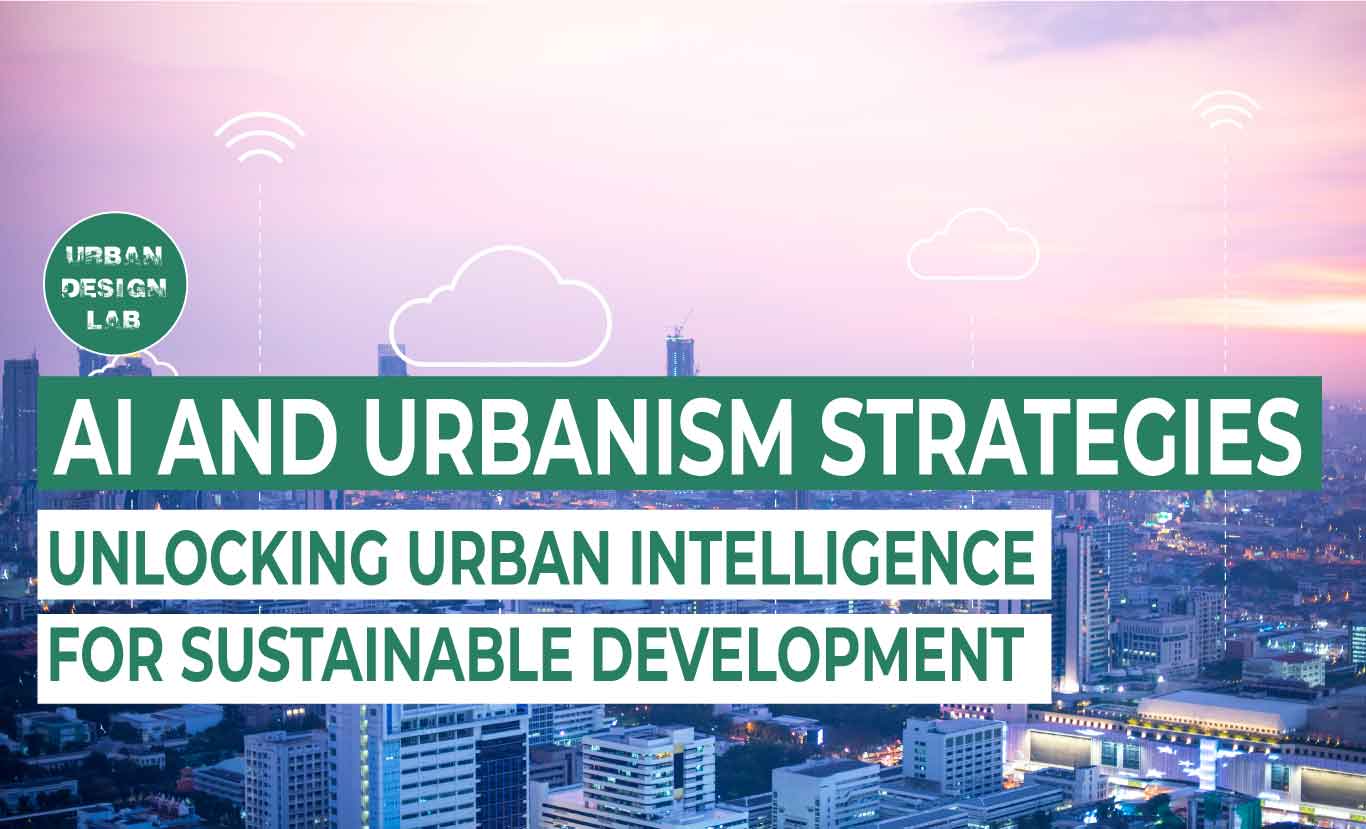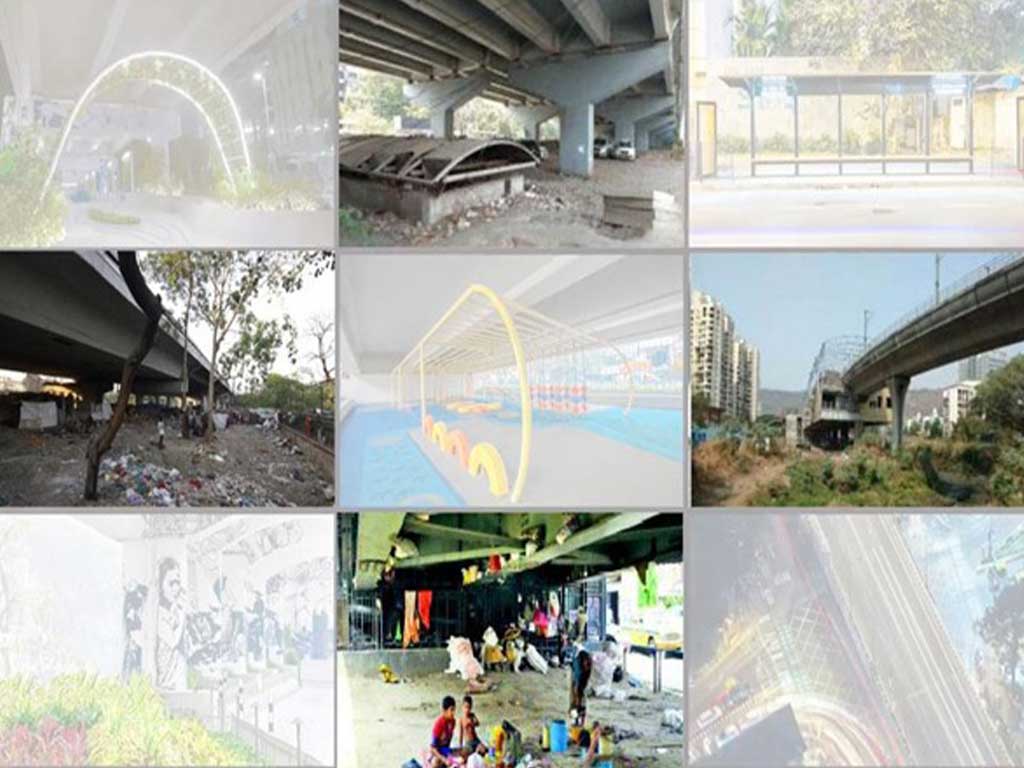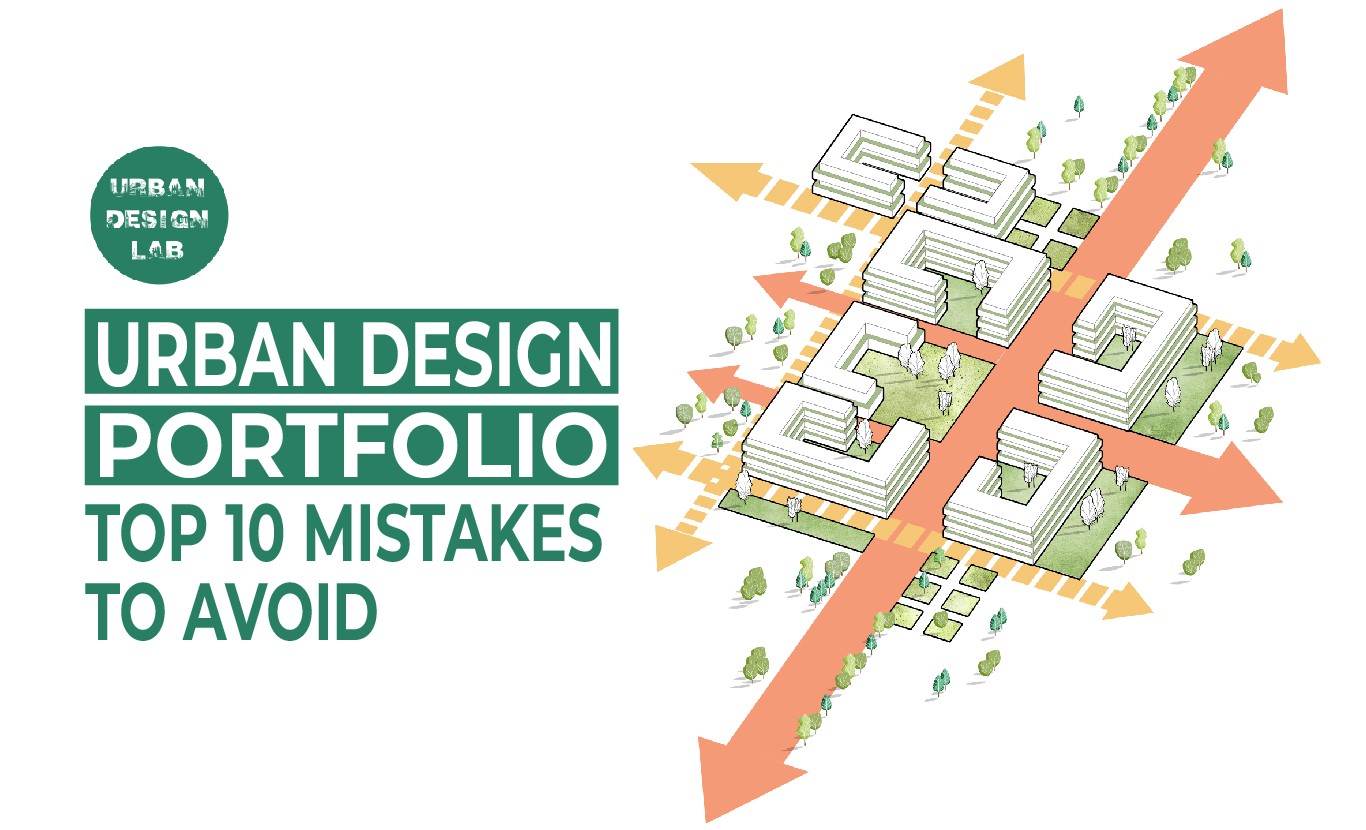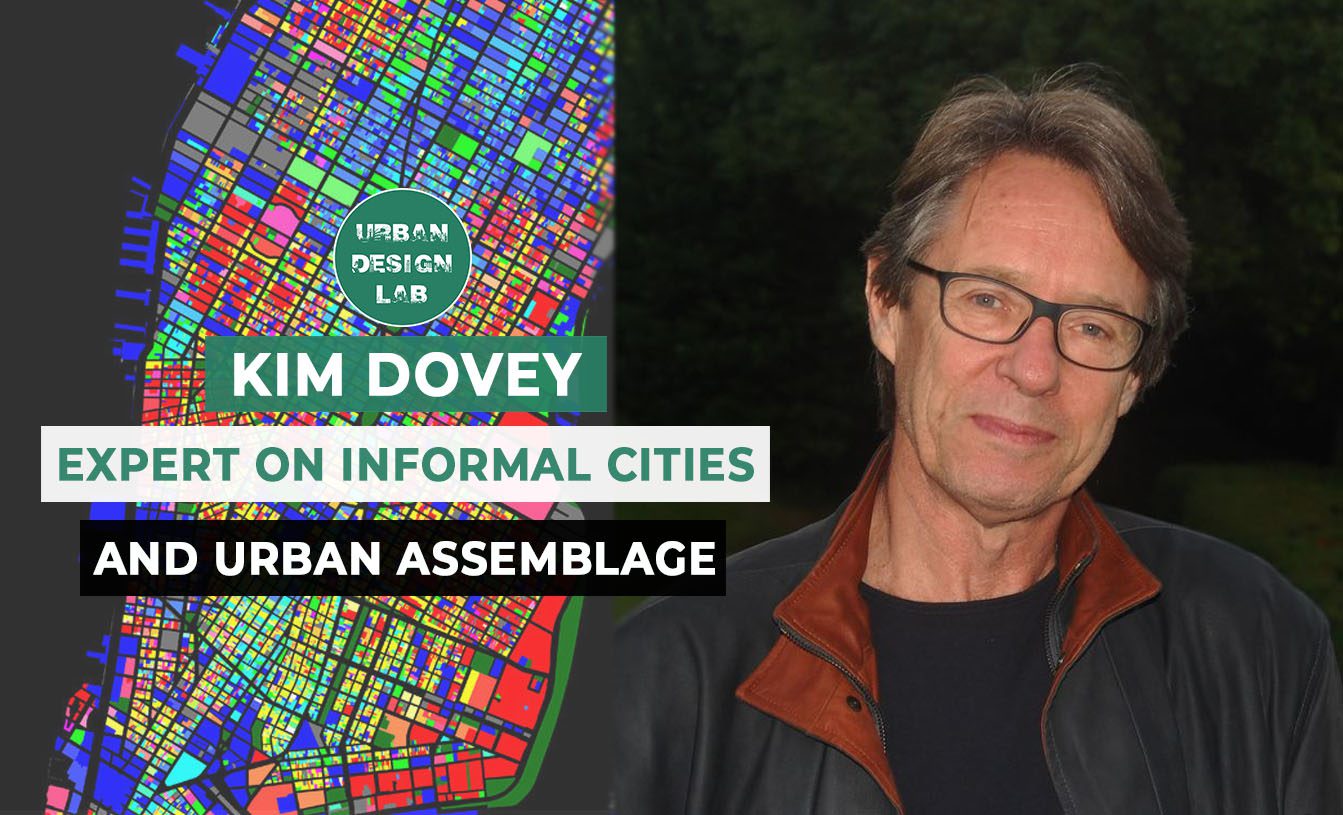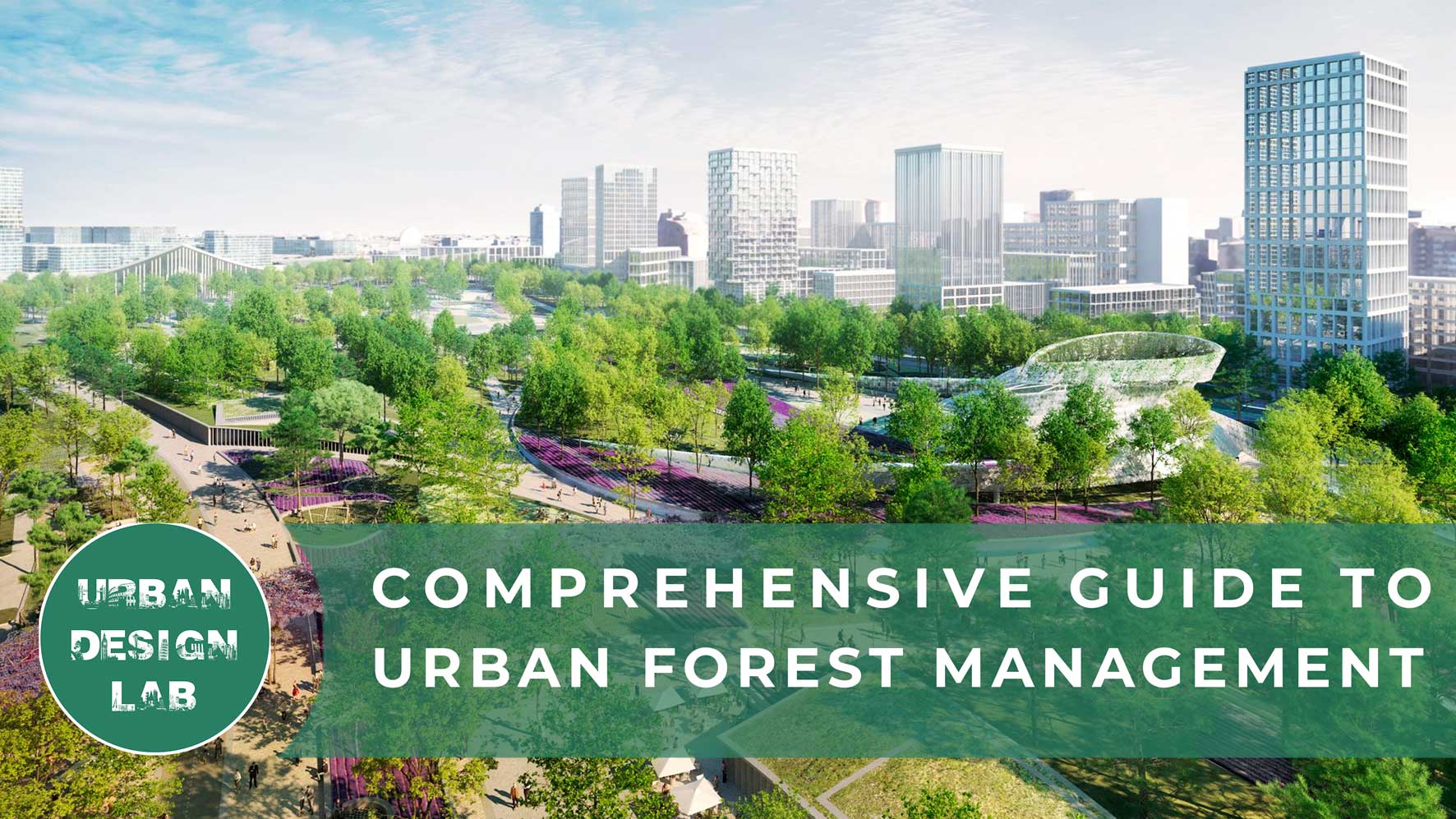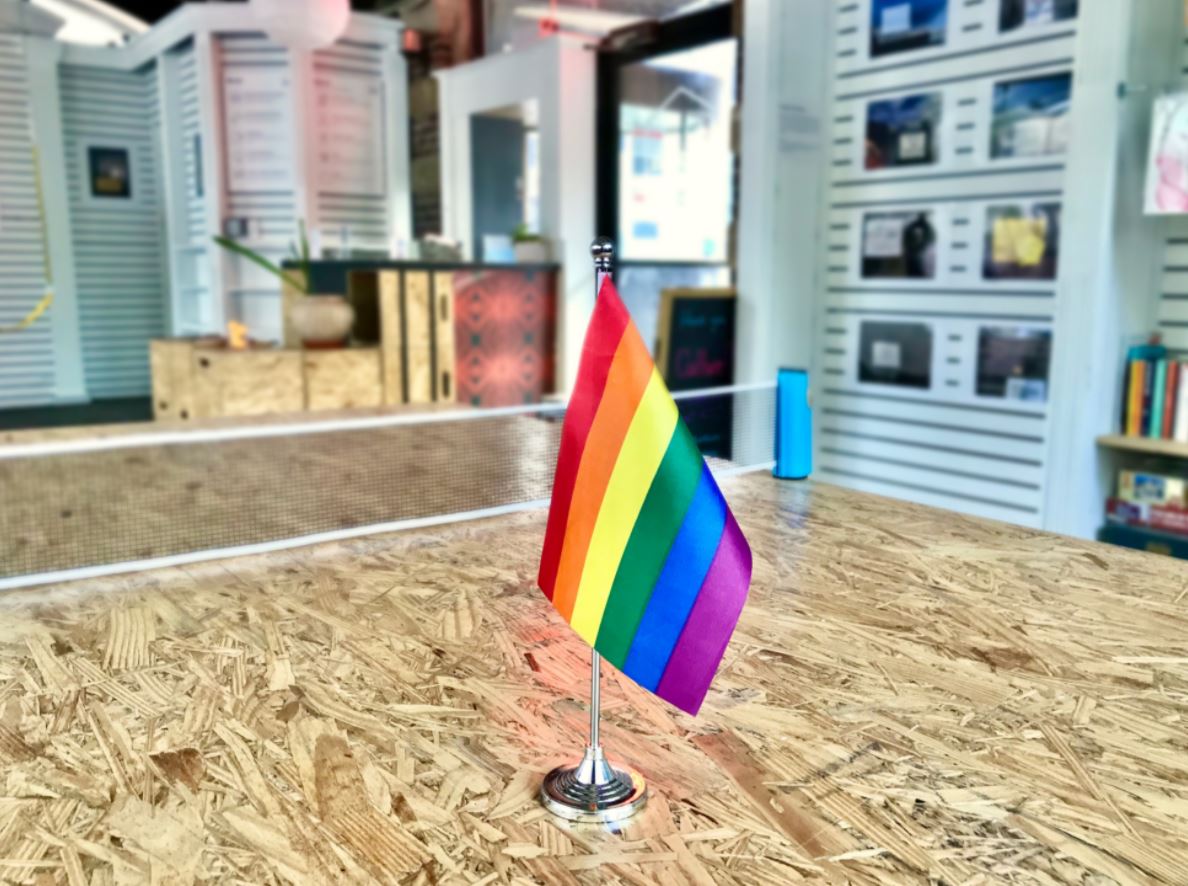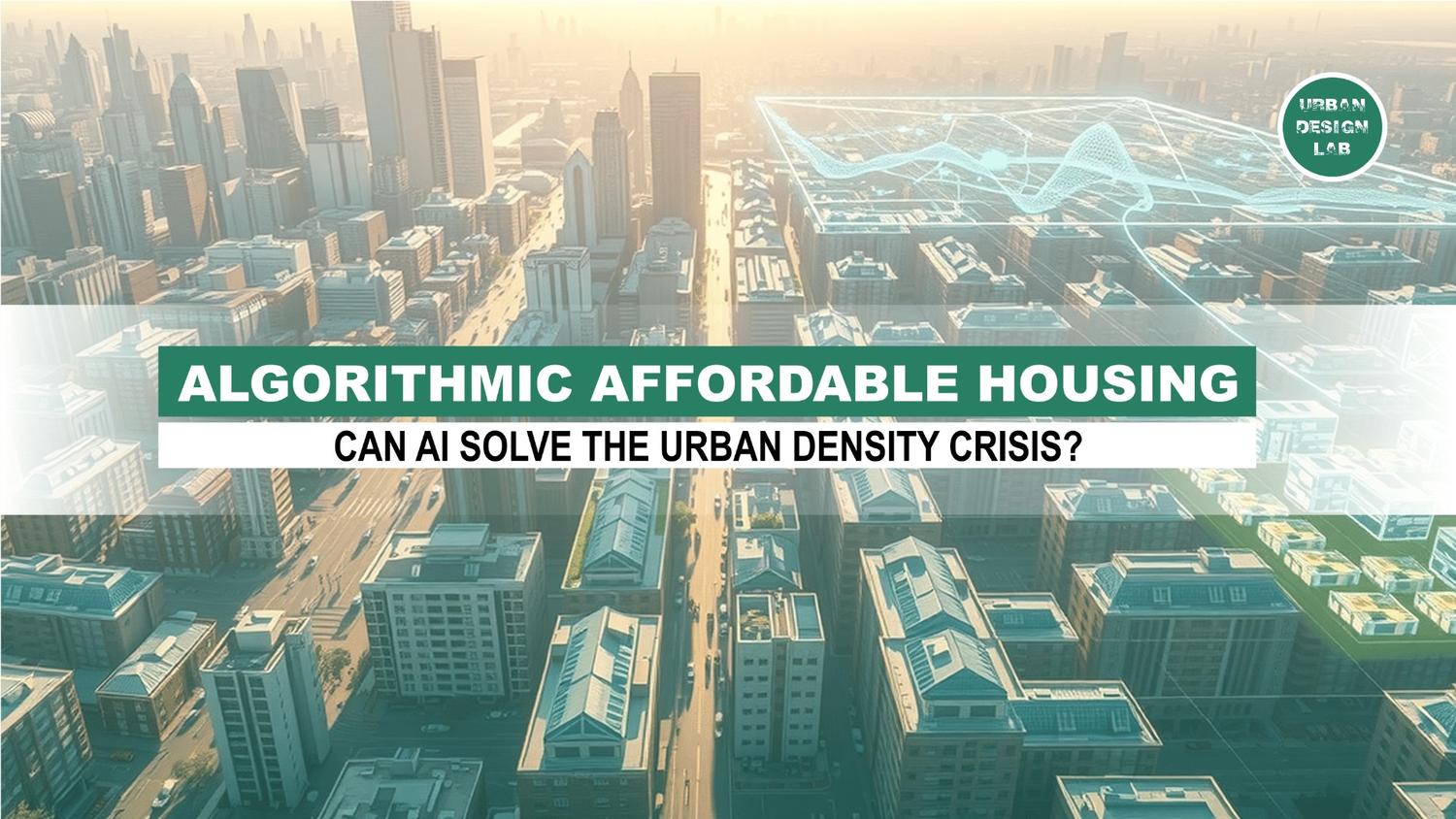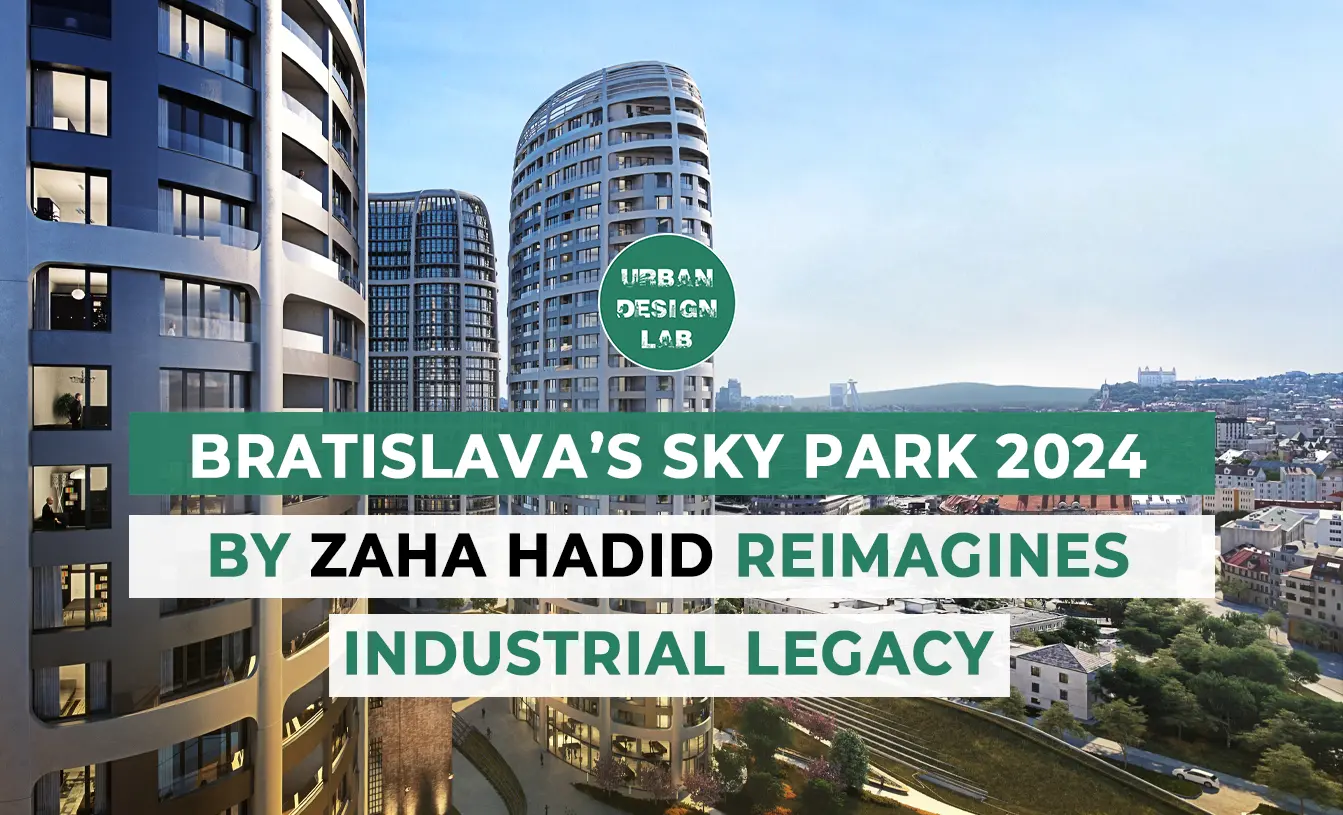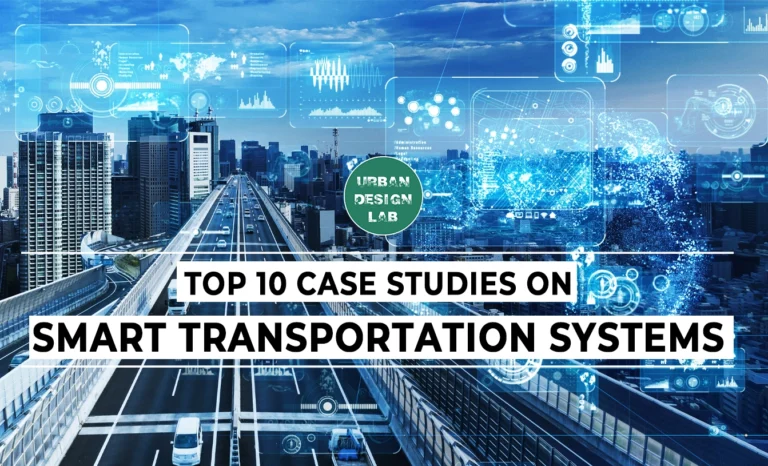
Book Review: Experimental Architecture, Peter Cook

Introduction
“Experimental Architecture” by Peter Cook is a seminal work that explores innovative and unconventional approaches to architectural design. As a founding member of the avant-garde Archigram group, Cook brings his visionary perspective to this influential text. The book showcases a wide range of speculative and conceptual projects, many of which push the boundaries of what architecture can be. Cook examines how technology, social changes, and new materials can reshape our built environment in radical ways. His ideas challenge traditional notions of permanence and stability in architecture, instead promoting flexibility, adaptability, and even transience. Experimental Architecture delves deeply into themes regarding flexibility, adaptability as well as the integration of technology within architecture. This is highlighted through the rich variety of exciting illustrations and thought-provoking projects, for example concepts such as inflatable structures and modular living spaces. In essence envisioning a future where these structures respond to their environments and those that inhabit them. These ideas demonstrate the potential that architecture has to evolve with changing requirements and conditions, proposing more dynamic and adaptable approach to design.
Concepts
Theoretical insights are strong part of the book. Cook questions the principles of architectural practice and encourages a dialogue about the future of living and working spaces. His emphasis on non-traditional structures pushes designers to think beyond conventional techniques, considering the broader social and environmental impacts of their work. Cook use examples to show how we can rethink the purpose and potential of architecture, by presenting alternatives to permanent, rigid structures, he opens a discussion on the temporary nature of structures. He is almost envisioning a world where buildings can be easily assembled and disassembled as well as relocated. This concept challenged the traditional notions of buildings being long-lasting, and instead advocated a more environmentally conscious and flexible approach. However, it could be argued that the transient nature of these concepts might undermine the stability and permanence some traditional buildings provide.

Source: Website Link
Frei Otto's German Pavilion
Cook examines Frei Otto’s German Pavilion as a prime example of experimental architecture, highlighting Otto’s groundbreaking use of minimal surface structures and lightweight construction methods. The pavilion showcases Otto’s expertise in tensile structures and form-finding processes, demonstrating an innovative approach that prioritizes both efficiency and material optimization. Cook is particularly drawn to Otto’s biomimetic design philosophy, which draws inspiration from natural forms and structures. He sees this approach as a promising avenue for developing more resilient and sustainable architectural solutions. Otto’s work, according to Cook, represents a significant step towards harmonizing built environments with natural systems. However, Cook doesn’t shy away from addressing the practical challenges associated with implementing such avant-garde designs on a larger scale. He points out that material limitations, construction complexities, and economic considerations often pose significant obstacles to the widespread adoption of these experimental approaches. Despite these hurdles, Cook argues that the principles underlying Otto’s work remain invaluable for pushing the boundaries of architectural innovation.
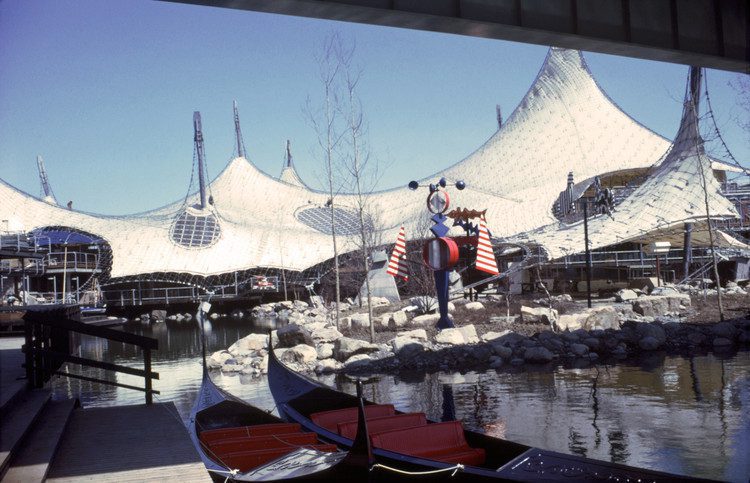
"Plug-in-City"
Cook’s own architectural visions, much like Otto’s, explore the realm of flexible and temporary structures. A prime example is his concept of “Plug-in City,” a futuristic urban proposal that envisions a megastructure into which prefabricated living units could be inserted and removed as needed. This modular approach allows for dynamic urban growth and adaptation, reflecting Cook’s interest in architecture that can evolve with changing societal needs. While “Plug-in City” was lauded for its imaginative and forward-thinking nature, it also sparked debates about its real-world feasibility and social implications. Critics argued that the heavy emphasis on technology and mobility might lead to a homogenized urban landscape, potentially eroding the unique cultural identities and community bonds that traditionally define cities. Despite these concerns, “Plug-in City” has maintained its relevance in architectural discourse. It continues to inspire discussions on the balance between technological progress and human-centric urban development. The concept has influenced subsequent generations of architects and urban planners, particularly in their approach to adaptive reuse and flexible urban spaces.
Relevance Today
While Cook’s ideas in “Experimental Architecture” may appear overly idealistic or impractical from a contemporary standpoint, this perceived limitation is, paradoxically, a key part of the book’s lasting value. The focus on advanced technology and futuristic structures, which at times overshadows practical concerns like feasibility and cost, serves a crucial purpose in the architectural discourse. The book’s continued relevance stems from its role as a catalyst for experimental thinking. In our current era, characterized by complex, multifaceted challenges such as climate change, rapid urbanization, and resource scarcity, Cook’s work encourages architects and designers to think beyond conventional solutions. It serves as a reminder that addressing these intricate issues requires innovative approaches and a willingness to challenge established norms.
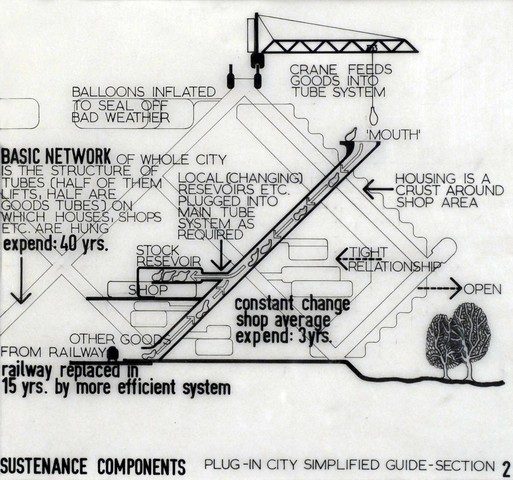
Conclusion
“Experimental Architecture” continues to inspire architects and designers with its amalgamation of visionary concepts, innovative illustrations, and deep theoretical insights. Although some ideals may appear idealistic, Cook’s emphasis on pushing boundaries and exploring new possibilities is significant in today’s rapidly changing environments. The book challenges the reader to embrace the new and the unknown as well as envision a future where architecture is more dynamic, responsive, and imaginative. The book remains a testament to the significance and influence of visionary thinking in shaping the built environment. This is done by questioning conventional norms and proposing radical alternatives, we are invited to reconsider what architecture can be and how it can better serve us as a collective.
References
Langdon, D. (2015, April 27). AD Classics: German Pavilion, Expo ’67 / Frei Otto and Rolf Gutbrod. ArchDaily. https://www.archdaily.com/623689/ad-classics-german-pavilion-expo-67-frei-otto-and-rolf-gutbrod Merin, G. (2013, July 10). AD Classics: The Plug-In City / Peter Cook, Archigram. ArchDaily. https://www.archdaily.com/399329/ad-classics-the-plug-in-city-peter-cook-archigram Hobson, B. (2020, May 12). Archigram’s Plug-In City shows that “pre-fabrication doesn’t have to be boring” says Peter Cook. Dezeen. https://www.dezeen.com/2020/05/12/archigram-plug-in-city-peter-cook-dennis-crompton-video-interview-vdf/

Bhairavi Yogasivam
About the author
Bhairavi, has a background in architecture and a passion for design and illustration. She values interdisciplinary learning, exploring creative intersections and problem-solving. With a deep interest in reading and art, Bhairavi strives to integrate diverse perspectives into her work.
Related articles

UDL Illustrator
Masterclass
Visualising Urban and Architecture Diagrams
Session Dates
17th-18th January 2026

Urban Design Lab
Be the part of our Network
Stay updated on workshops, design tools, and calls for collaboration
Curating the best graduate thesis project globally!

Free E-Book
From thesis to Portfolio
A Guide to Convert Academic Work into a Professional Portfolio”
Recent Posts
- Article Posted:
- Article Posted:
- Article Posted:
- Article Posted:
- Article Posted:
- Article Posted:
- Article Posted:
- Article Posted:
- Article Posted:
Sign up for our Newsletter
“Let’s explore the new avenues of Urban environment together “

























